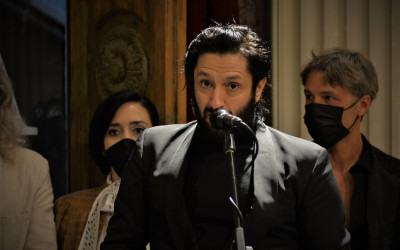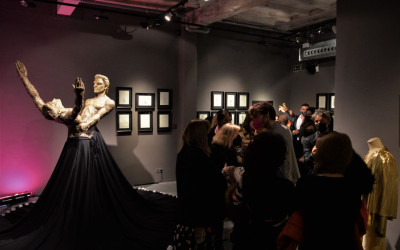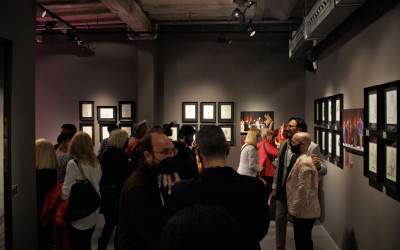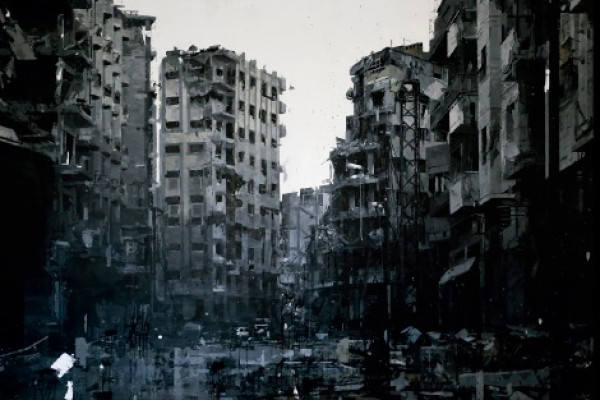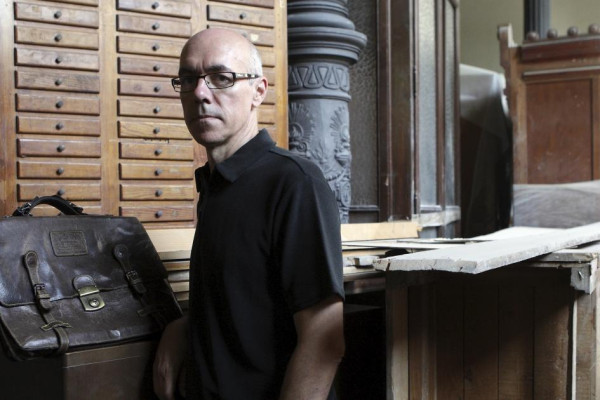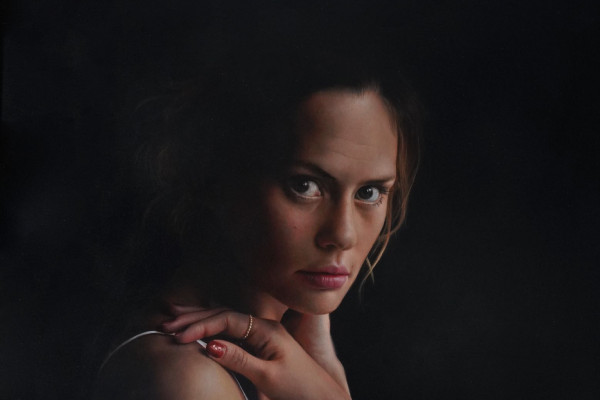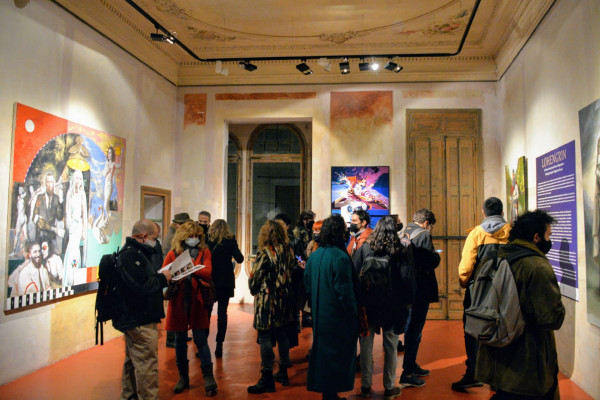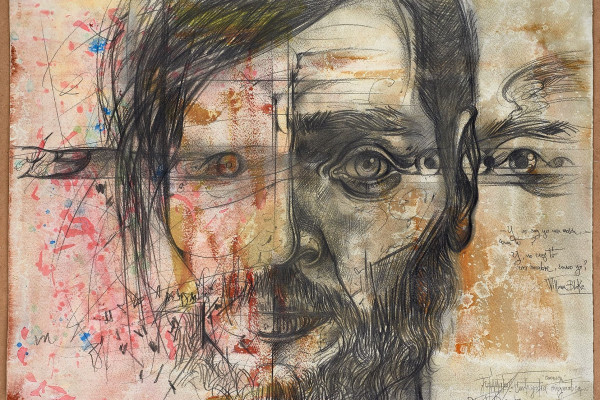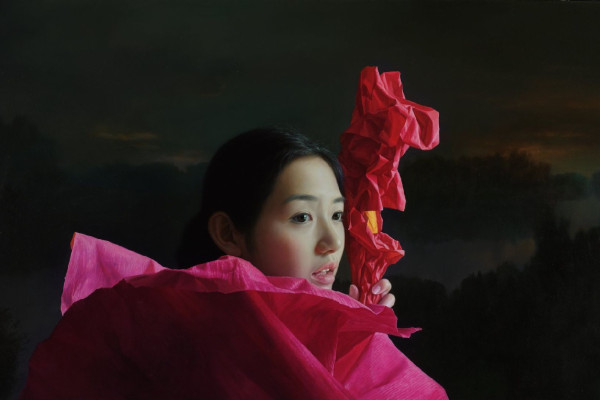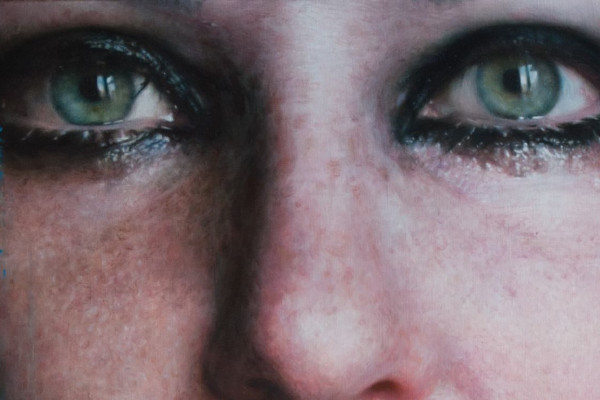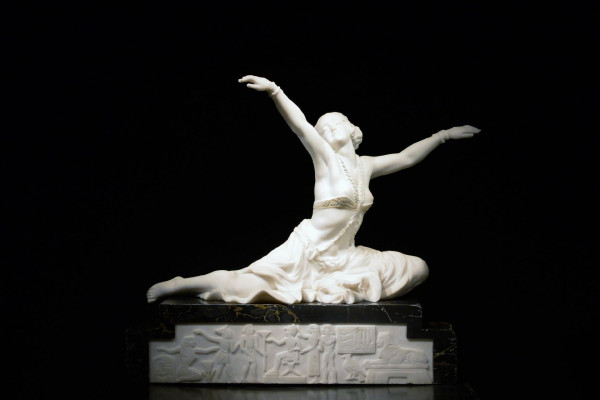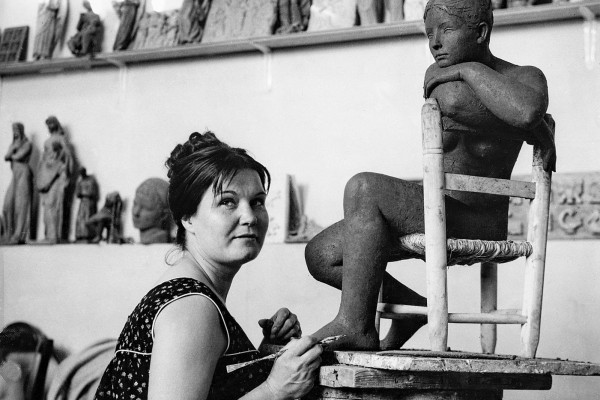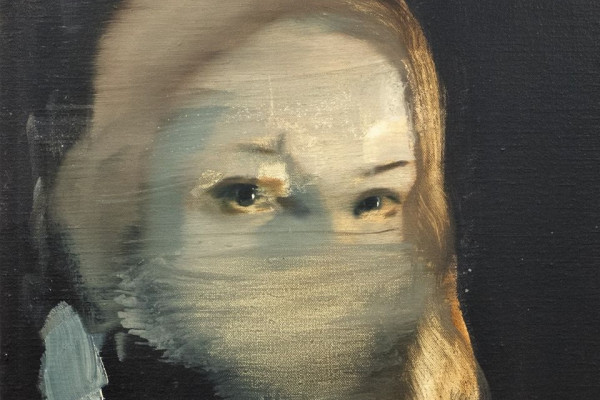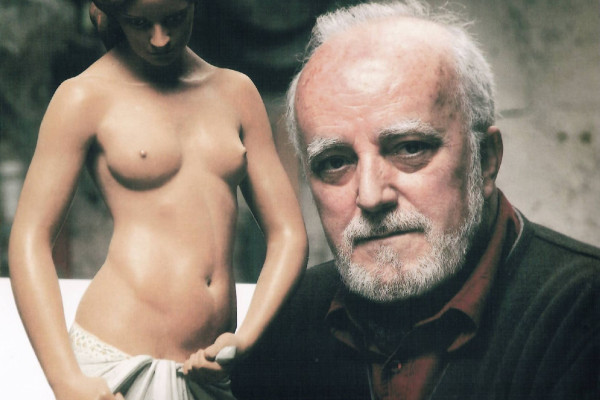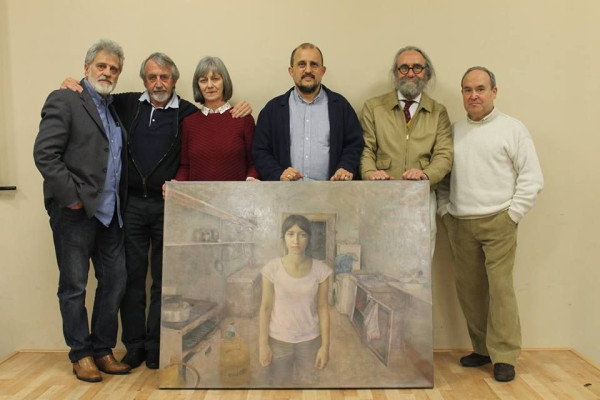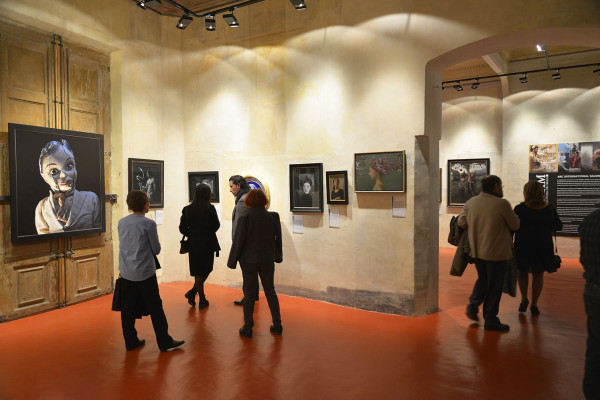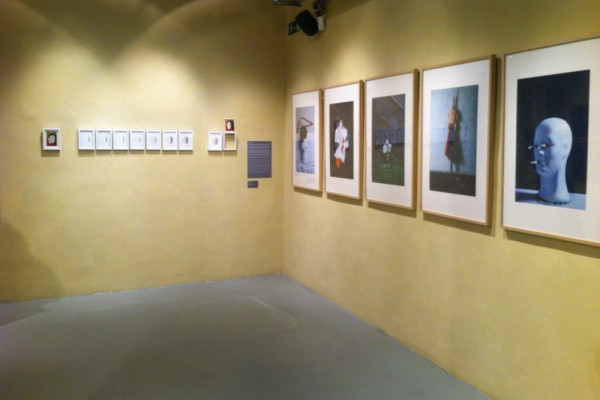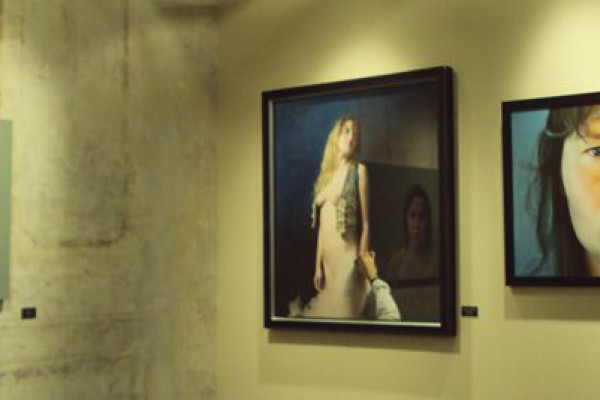An exhibition inspired by one of Rafael Amargo's last shows, “Dionisio”, a play that premiered in 2019 at the 65th Mérida Classical Theater Festival and was performed in several Spanish cities until the beginning of 2020.
The exhibition "La Danza de Dionisio" brings together a total of 25 sculptures and 37 drawings conceived by the Zaragoza sculptor Jorge Egea and 10 photographs by Consuelo Peris, and its main objective is to show the power of Amargo on stage and his "transformation" in Dionysus, considered in Greek mythology as the god of fertility and wine. From this possession of Dionisio-Amargo a series of works were born in which Jorge Egea plastically recreates the dance born from the dance, reflections and latent moments in the dancer's dance. All this under the silent complicity of the photographer Consuelo Peris, who provides a vast report, a link between both artists, as well as between dance and sculpture, capturing the fleeting moments of the performing arts.
When Rafael Amargo appears on stage, he transmutes into the demigod Dionisio. He is no longer a man, but a character that attracts our desires, our looks and subjugates us.
From this possession of Dionisio-Amargo, a series of works was born in which Jorge Egea plastically recreates the dance born from the dance that the whole company stages on the Roman Theater of Mérida. The set is complemented with a posteriori reflections, images in which Egea captures moments of universal pathos latent in the dance of Amargo through drawing and sculpture. All this under the silent complicity of the photographer Consuelo Peris who provides a vast report, link between both artists, as well as between dance and sculpture, capturing the ephemeral moments of the performing arts.
The merit of the Amargo show is knowing how to collect an arcane root, if born from the gypsy flamenco cradle, and graft it into the tree of life of Greek myth. Dionysus makes us constantly verify that the Greco-Roman vision is not only white, rational (apollonian), but on the contrary, that the ancient Greek genius would not have given rise to art (and even less to the classical) without that fruit of the grape that fermented in wine and ambrosia, in nectar for the gods and in madness or poetry for actors, dancers, playwrights or artists.
That Dionysian spirit gives Egea's work a sense of transience, of provisionality, of embarrassment, of non-finite in small and large formats: sculptures, notes made in situ, study drawings ... together with part of the costumes and photographs of the work, forming the collection that can be visited in the MEAM from April 20 to May 27.
Photo by Consuelo Peris. ®



